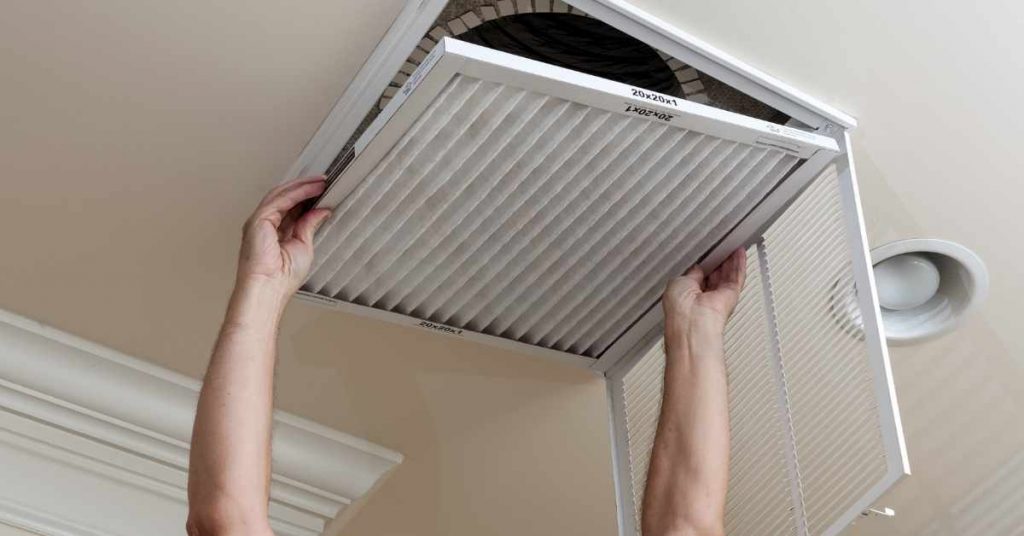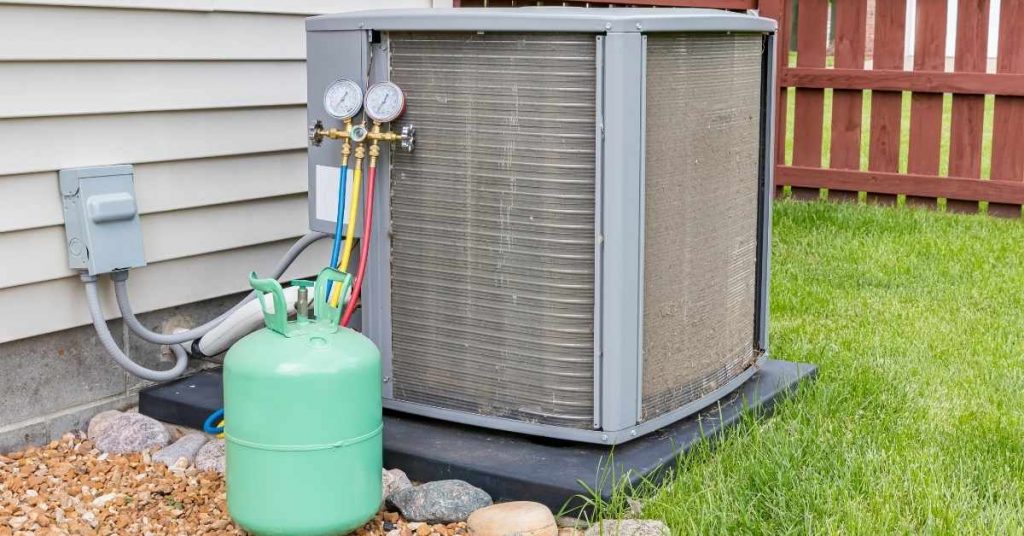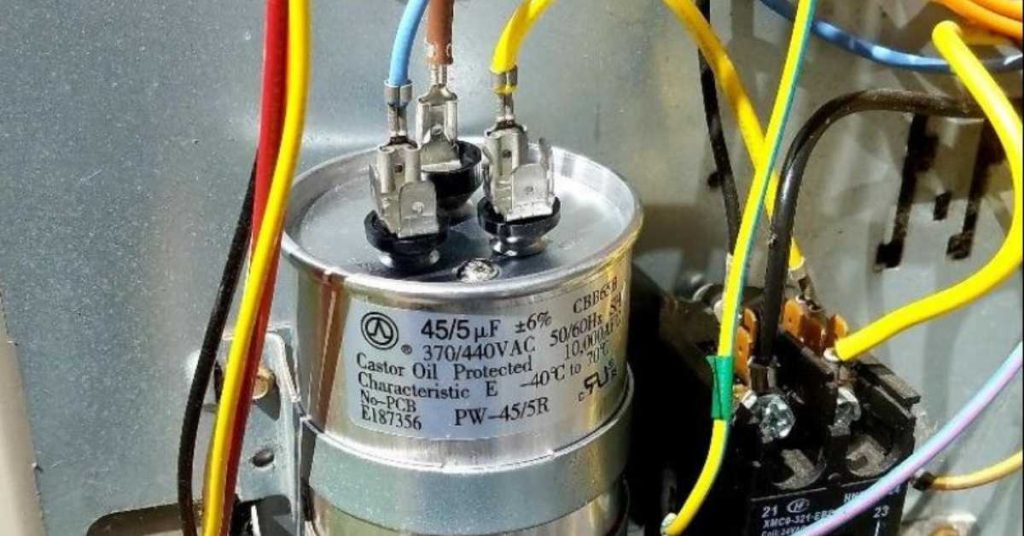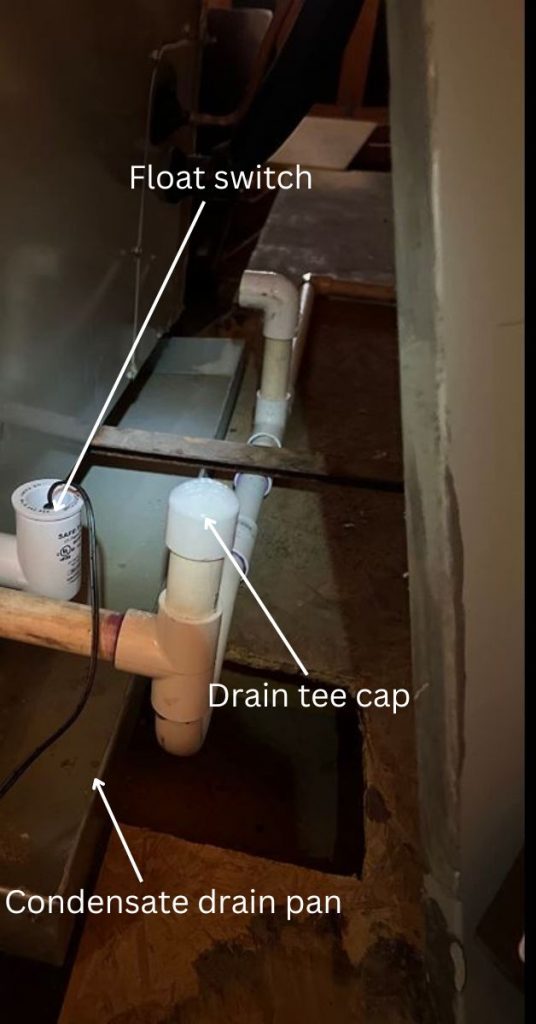Your HVAC system is the unsung hero of home comfort, tirelessly working to keep you warm in winter and cool in summer. To ensure it continues to operate at its best, a thorough maintenance routine is crucial. The HVAC maintenance checklist is your go-to guide, covering everything from cleaning air filters to inspecting electrical connections.

Regular HVAC maintenance not only enhances performance but also extends the lifespan of your system. It’s a small investment of time and effort that pays off in the long run, preventing costly repairs and unexpected breakdowns. So, let’s dive into the checklist, ensuring your HVAC system operates efficiently, keeping your home a haven of comfort all year round.
1. Changing the Air Filters

Think of air filters as the lungs of your HVAC system. Regular replacement, typically every 1-3 months, is crucial for maintaining optimal airflow and ensuring high indoor air quality. Clean air filters contribute to better efficiency and a healthier living environment.
2. Cleaning the Vents and Ducts
Over time, dust and debris can accumulate in your vents and ducts, obstructing airflow. Vacuuming these components or investing in professional duct cleaning enhances system efficiency, promoting better air circulation and reducing the risk of respiratory issues.
3. Checking for Leaks
Leaks in your HVAC ductwork can compromise system efficiency. Regular inspections and prompt sealing of any leaks prevent energy wastage and maintain the desired temperature throughout your home.
4. Lubricating Moving Parts
Just like a well-oiled machine, your HVAC system’s moving parts require regular lubrication. This simple step reduces friction, minimizes wear and tear, and extends the lifespan of your system.
5. Testing the Thermostat

The thermostat is the brain of your HVAC operation. Ensure it’s calibrated correctly and consider upgrading to a programmable thermostat for personalized comfort and energy savings. A well-functioning thermostat helps regulate temperatures efficiently, providing consistent comfort for your home.
6. Cleaning the Condenser Coils

Outdoor units are exposed to the elements and can accumulate dirt and grime, hindering the heat exchange process. Gently cleaning the condenser coils and maintaining a clear area around the unit ensures optimal efficiency and extends the life of your HVAC system.
7. Checking Refrigerant Levels

Low refrigerant levels can lead to inefficiency and system malfunctions. Regular professional checks and replenishment of refrigerant levels keep your HVAC system running smoothly, preventing breakdowns and ensuring reliable performance.
8. Inspecting Electrical Connections
Faulty electrical connections pose a significant risk. Regularly inspecting and tightening connections enhances safety, reducing the likelihood of electrical issues that could lead to system failures.
9. Testing Safety Controls
Your HVAC system comes equipped with safety controls designed to protect your home. Regularly testing these controls ensures they’re functioning correctly, providing peace of mind and safeguarding against potential hazards.
10. Cleaning the Evaporator Coil

Dust and dirt on the evaporator coil can reduce its effectiveness in absorbing heat. Gentle cleaning of this crucial component ensures optimal heat exchange, promoting energy efficiency and preventing strain on your HVAC system.
11. Inspecting the Fan Blades
Fan blades play a vital role in airflow. Regular inspection ensures they’re free from debris and damage. A well-maintained fan contributes to efficient air circulation, keeping your home comfortable.
12. Calibrating the Blower Motor
The blower motor powers the airflow throughout your home. Regular calibration ensures it operates at the right speed, optimizing energy efficiency and preventing uneven heating or cooling.
13. Evaluating the Gas Connections
For homes with gas-powered HVAC systems, checking for leaks in the connections is paramount. Any signs of gas leakage should be addressed immediately to ensure safety and prevent potential hazards.
14. Testing the Capacitors

Capacitors store electrical energy and assist in starting the motors. Regular testing helps identify potential issues, allowing for timely replacements and preventing unexpected breakdowns.
15. Verifying Exhaust Outlets
In gas-powered systems, the exhaust outlets must be clear of obstructions. Regular checks prevent carbon monoxide buildup and ensure the safe expulsion of combustion gases.
16. Insulating Refrigerant Lines
Proper insulation of refrigerant lines prevents energy loss and contributes to the overall efficiency of your HVAC system. Check for any exposed areas and add insulation as needed.
17. Assessing the Condensate Drain

A clogged condensate drain can lead to water damage and affect indoor humidity levels. Regularly inspect and clean the drain to prevent potential issues and maintain a comfortable indoor environment.
18. Examining the Air Duct Insulation
Well-insulated air ducts prevent energy loss and maintain consistent temperatures throughout your home. Ensure that your ductwork is properly insulated to maximize the efficiency of your HVAC system.
19. Checking the Expansion Valve
In refrigerant-based systems, the expansion valve regulates the flow of refrigerant. Periodic checks ensure it’s functioning correctly, promoting optimal cooling performance.
20. Reviewing System Documentation
Refer to your HVAC system’s documentation for any specific manufacturer recommendations or guidelines. Following these instructions enhances system longevity and performance.
Conclusion
Maintaining your HVAC system isn’t just a checklist—it’s a commitment to the comfort and well-being of your home. By following these steps, you’re not only ensuring optimal performance but also extending the lifespan of your HVAC system. Remember, a well-maintained system is a reliable one. Regular inspections, cleaning, and preventive measures can save you from unexpected breakdowns and costly repairs. So, roll up your sleeves, dive into this checklist, and enjoy the benefits of a smoothly operating HVAC system for years to come. Your home deserves it
